How to Create a Beautiful Shade Garden
Team PlantTAGG2023-06-16T10:22:24-06:00Are your plant’s leaves turning yellow? Is your flowering plant refusing to bloom? Chances are your plant is not getting adequate sunlight! It seems like everyone has that one spot in their yard where plants never seem to look their best. But never fear, there are a wide range of shade-loving plants that do very well in the less sunny areas. A thriving shade garden is possible! In this blog post, we’ll review ways to use shade plants to make your yard pop all year long.
Shade Plant Benefits
Gardening in shaded areas often can be simpler than in full sun. Shaded soil stays moist and, thus, requires less watering. Shade gardens are perfect if you live in an area that experiences frequent drought and watering restrictions during the summer months. In general, a yard that receives less than 3-5 hours of morning sun is considered partial shade, and one that receives less than 2 hours is considered full shade.
Once you get the right plants in place, flowers last longer, colors remain brighter without fading from intense sun, and the foliage looks more striking and noticeable. Additionally, shaded areas are great places to attract wildlife, such as birds and other beneficial creatures.
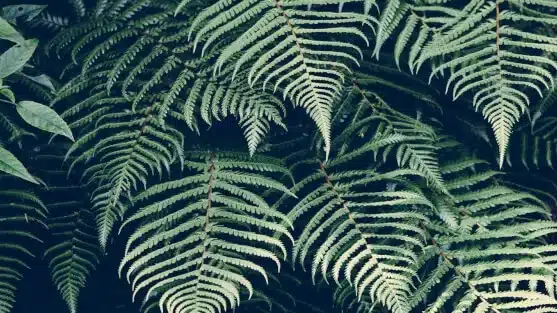
Ferns work great in shaded areas
How to Determine the Amount of Sunlight in Your Yard
The first step to setting up any yard or garden is understanding how much sunlight the areas get each day. The total sunlight an area gets for the day and the type of sunlight (e.g., morning or afternoon) are essential. Note that morning sun will be gentler on plants than afternoon sun. There are a few ways you can tell how much sun a particular area receives:
- Photography – Snap a picture of the area on a sunny day several times throughout the day (e.g., 8:00 am, noon, 5:00 pm).
- Sun Meter – Sunlight meters are available for purchase that can give you an accurate reading on the level of sunlight and shade.
Keep in mind that the sun holds a different position in the sky throughout the year. This positioning impacts the shadows from trees, structures and other plants in your yard. Ultimately, this positioning can impact the success of your shade garden. As trees and shrubs mature, the amount of sun that various spots in your yard receive will change. For example, your spring planting ideas may work well when the area gets ample sunshine during the winter months. However, now that trees are leafing out with the start of the growing season, these areas have become part-sun/part-shade zones.
How to Space Shade Plants Near Trees
When planting shade-tolerant plants, it is important to abide by the spacing requirements for the specific variety. Incorrect spacing makes plants vulnerable to fungus or other diseases. Also, if you want to plant your shade garden under a tree, exercise caution when tilling or digging holes to avoid damaging the tree’s root system. Dig smaller holes and consider planting between roots, allowing the plants to fill in over time. Also avoid planting on top of the root flare of the tree where the trunk and bark transitions into the root system. Since shady areas may need less water, make sure the soil is well-draining. Incorporate amendments, such as compost, as appropriate. Additionally, the tree may be competing for nutrients with whatever you choose to plant or conversely, if the tree is mature, it may have stripped the area of nutrients from the soil. Make sure the soil has been reinvigorated with compost and mulch to help.
How to Pick Proper Plants for Shady Areas
Generally speaking, it is best to choose native or adaptive plants for your shade garden. Native plants typically more drought and heat tolerant, and they require less watering, fertilizer and fewer pesticides. If turfgrass will not grow, consider shrubs, ferns, ornamental grasses, groundcover, and even a nice sitting area! There are so many great options to consider:
- Foliage – Although many shade plants produce blooms, don’t overlook varieties that provide striking foliage that can brighten up your area. Leaves can range from chartreuse and yellow-gold, to blue-green or even purple. Ferns are a regular in shaded gardens, so check out the numerous varieties at your local garden center.
- Flowers – Most shade-loving plants are perennial varieties, which are great because they will come back year after year. Some options may include hosta lilies, wild violets and lily of the valley, depending on your area. If you are looking for annuals, most are sun-loving; however, impatiens, coleus, and wax begonias might work in your area.
- Herbs – Some herbs, such as mint, do well in the shade. And, it’s a bonus for your kitchen!
Visiting a botanical garden in your area can be a great way to gather inspiration for the type of plants that will thrive in your climate. Plus, it’s a great way to spend an afternoon with your family!
The Bottomline
If your plants have been performing less than optimally, you might want to consider the sunlight. You may be tempted to water more or add additional fertilizers, but doing so may cause more harm than good if the primary issue is inadequate sunlight.
Pay close attention to the spacing of your plants. And, avoid over-pruning your trees to allow more sunlight to reach the plants below as it can increase stress on the tree.
Once you understand the layout – it’s time to get creative. We’d love to help with your residential garden!
Get the PlantTAGG app today! It’s free to download and use (available in Apple & Google app stores). From there, it’s super easy:
- Under the main menu, click on Plant ID/Search.
- Next click on the filter icon to the right of “Plant Search” where you can search based on sun requirements.
- Click the heart icon on a plant photo to save to your favorites.
- On your next trip to your local garden center, discuss specifics with a plant specialist.
- Enjoy your space!


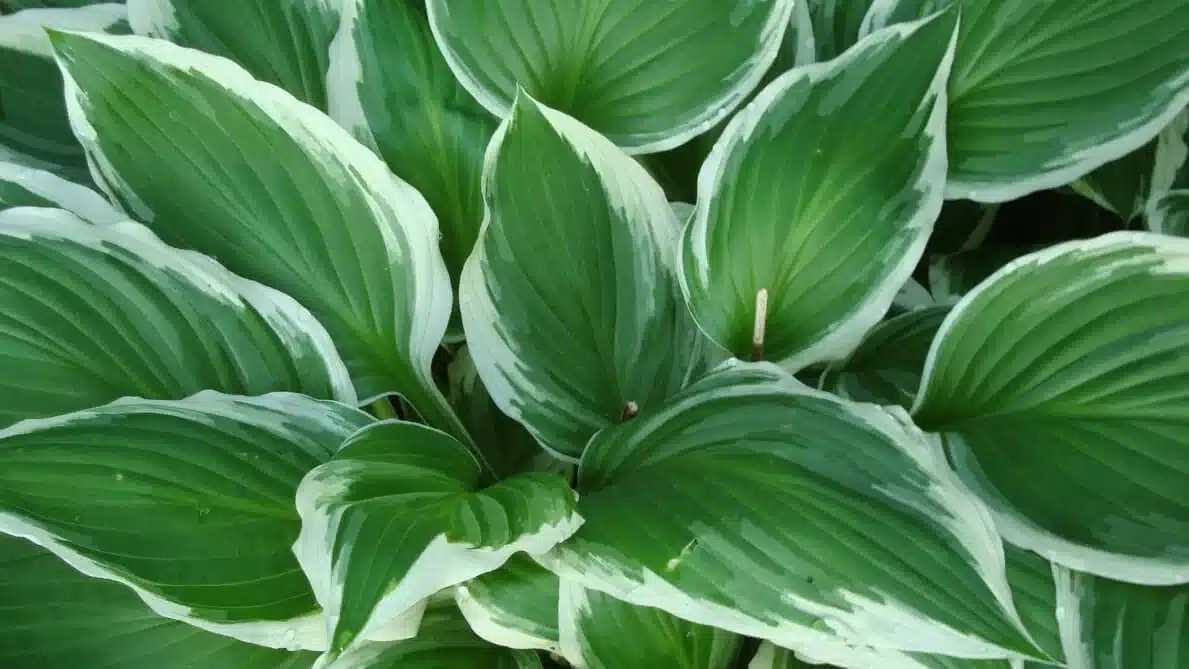
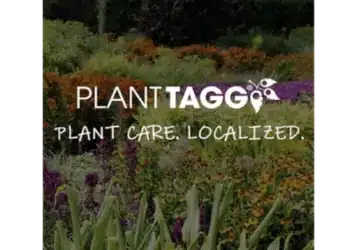
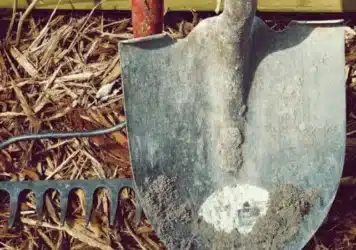
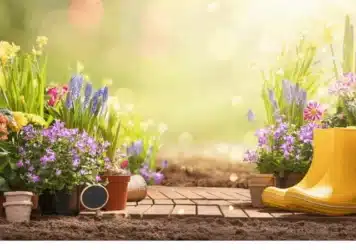
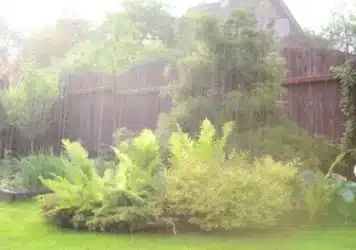


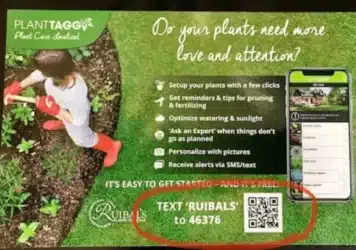
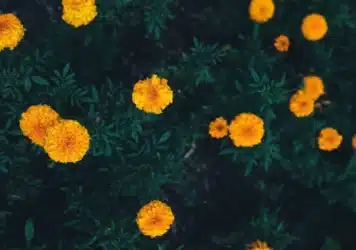

Comment (1)
Super helpful